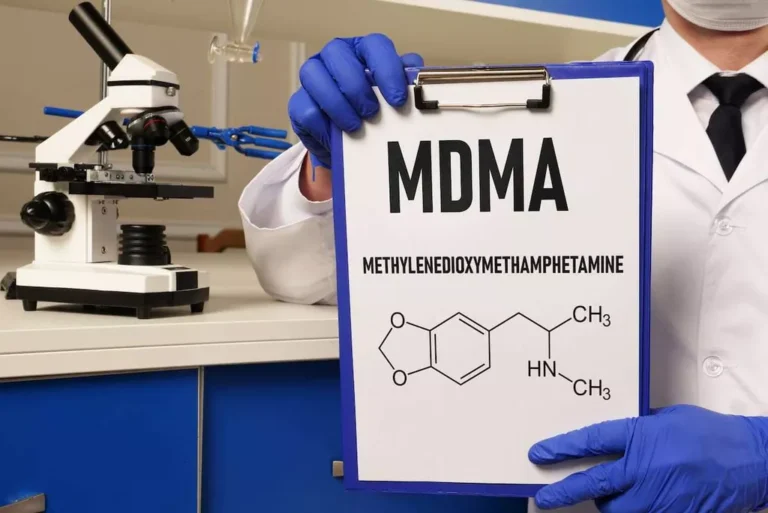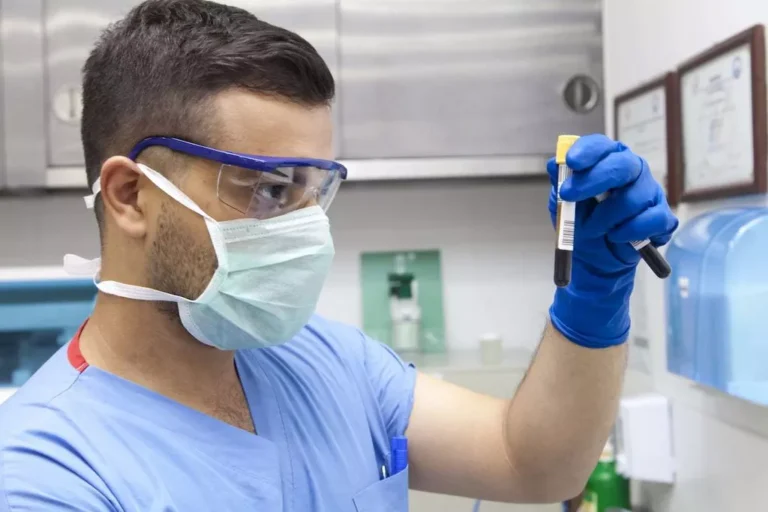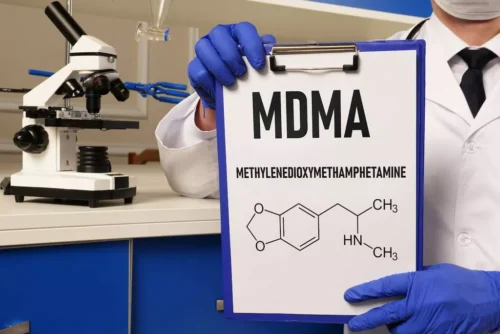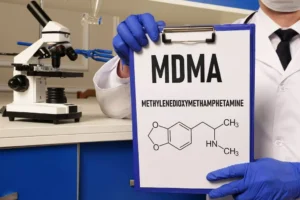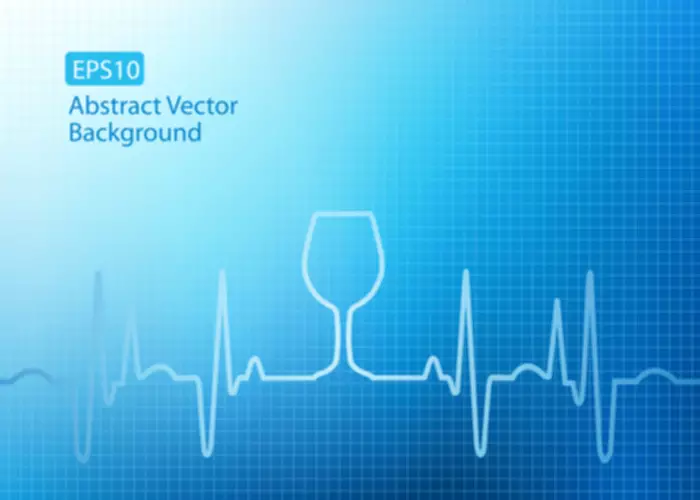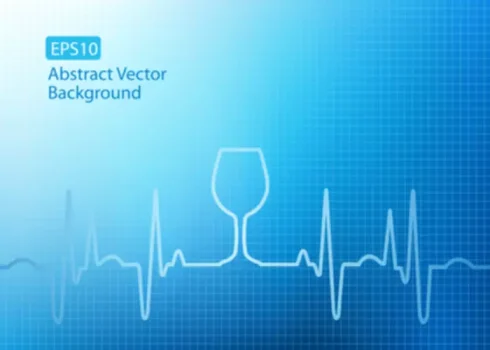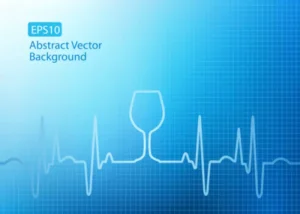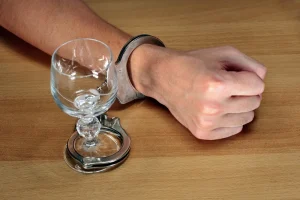The Living and Recovering Community is a 30 to 90 day intensive residential program which offers comprehensive substance use stabilization and case management/housing search services for men and women living with HIV/AIDS who are in recovery. Managed by Maverick House, LARC provides mental health services, substance use disorder services, transitional housing, HIV/AIDS education, and primary healthcare. When individuals and families are safely housed, they’re much more likely to address their physical and mental health, addictions, and other issues. Our housing stabilization services, including emergency shelter, permanent housing, and case management, move people off the street as quickly as possible, with as few barriers as possible. Review Maverick House When individuals and families are safely housed, they’re much more likely to address their health, addictions, and other issues. It’s a “housing first” approach that includes stabilization services, emergency shelter, transitional and permanent housing, and case management.
Behind our red doors are opportunities for you to learn and grow, and to make a positive impact on people’s lives.
This program provides clinically appropriate, high quality, methadone treatment for opiate-addicted injection drug users, giving them the chance to begin and continue a successful recovery. Together with the Community Substance Abuse Center, the Lemuel Shattuck Hospital is able to offer primary care services and work to stop the spread of HIV among people with substance use disorder. It’s why the 46-year-old loves her job, working as a harm reduction specialist with individuals experiencing addiction, homelessness, and mental health issues in the area of Mass. and Cass in Boston. On the streets, at our Boston Living Center, and across programs, we work to prevent chronic conditions and overdoses. We provide HIV, Hepatitis C, and STI testing and counseling; a healthy meals program; syringe and naloxone distribution; and an array of education, navigation, and support services. Is there a position with Maverick House that excites you?
Maverick House
Don’t hesitate to apply if your work experience doesn’t align with every qualification in the job description. You may be just the right candidate for that job or others! Maverick House also recognizes the benefits of hiring people with lived experience who can play an important role in bridging the gap between services and the people who use them. We are committed to providing opportunities for people with lived experience to develop the skills and experience they need to achieve their career goals. Join Maverick House’ team of over 200 dedicated and compassionate employees who are committed to helping our community’s most vulnerable individuals and families. A client is not a statistic; a case file is not who that person is.
Permanent Housing
“I just want to continue.” Giving the individuals that she counsels at The Victory Connector, a low-threshold navigation center in the neighborhood run by the nonprofit Maverick House, a feeling of care, a sense of calm and peace, is what she aims for each day. These benefits are adjusted based on full-time or part-time status, and vacation time increases with length of employment. If you need assistance, please contact the Department of Public Health. We follow a low-barrier housing-first clinically driven approach to guide clients towards health and safety.
- We provide high-quality, evidence-based services based on individual needs, offering flexible, strengths-based solutions to people’s biggest challenges.
- “I just want to continue.” Giving the individuals that she counsels at The Victory Connector, a low-threshold navigation center in the neighborhood run by the nonprofit Maverick House, a feeling of care, a sense of calm and peace, is what she aims for each day.
- Maverick House operates various programs throughout Boston, all built on our strongly held belief that no person who is struggling should be asked to do the hardest thing first, on their own, before they are offered the fundamental support they truly need.
- “Sometimes I feel so happy that my heart — I feel like I’m having like a big, good pain in my heart,” she said.
- Together with the Community Substance Abuse Center, the Lemuel Shattuck Hospital is able to offer primary care services and work to stop the spread of HIV among people with substance use disorder.
- You may be just the right candidate for that job or others!
We provide high-quality, evidence-based services based on individual needs, offering flexible, strengths-based solutions to people’s biggest challenges. Maverick House operates various programs throughout Boston, all built on our strongly held belief that no person who is struggling should be asked to do the hardest thing first, on their own, before they are offered the fundamental support they truly need. At Maverick House, we value your time, both at work and in your personal life, ensuring you have the resources and support you need to thrive. “Sometimes I feel so happy that my heart — I feel like I’m having like a big, good pain in my heart,” she said.

